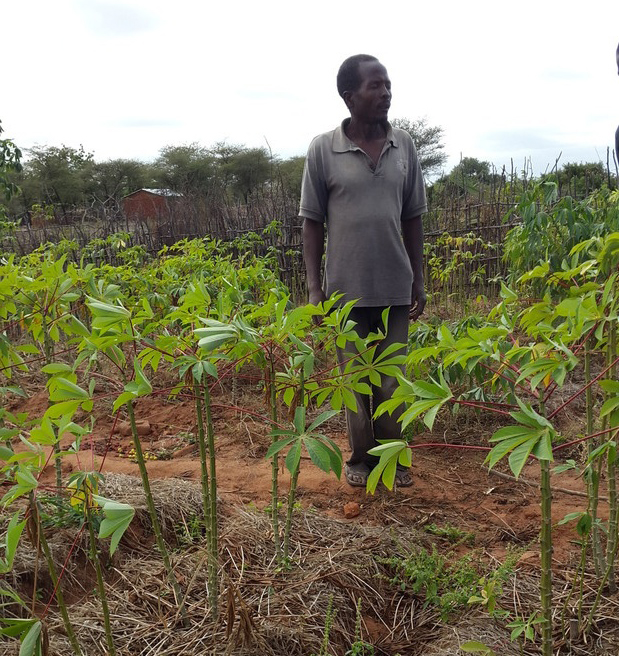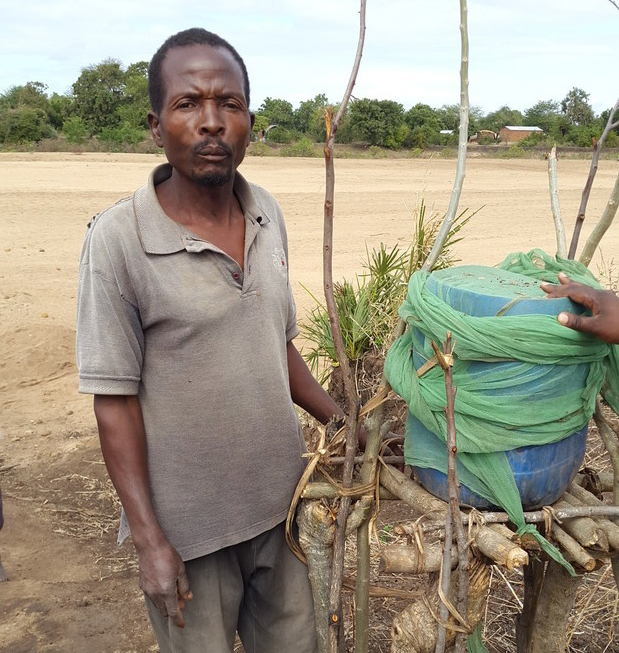MALAWI – I often wonder: How do you teach creativity? How do you help people to want to innovate, to risk exploring the unknown and gamble a sure thing for something that could potentially not work at all? How do you convince people to use the little resources they have to purchase or create something new? When there are limited resources, few people dare to try. If they fail, they could be laughed at, or worse, their family could be without needed resources.
How do you help people to want to innovate, to risk exploring the unknown and gamble a sure thing for something that could potentially not work at all? How do you convince people to use the little resources they have to purchase or create something new? When there are limited resources, few people dare to try. If they fail, they could be laughed at, or worse, their family could be without needed resources.
With changing weather patterns and decreasing soil fertility, we encourage farmers to try different farming practices, like irrigation or mulching or planting drought-resistant crops. But farmers are hesitant to adopt these changes. This is creativity and innovation, but it can just seem like a gamble or a foolish risk. What if this new method produces lower yields? What if it does not produce enough food for their family? They may try it on a little part of their field, but continue to return to what they know. It is better to stick to what they have always done. At least they won’t be laughed at as fools for doing something that no one else was doing.
A few weeks ago, Steve and I went down to the southern part of Malawi to check on an irrigation/agriculture project that finished about a year ago. We didn’t know what to expect but were pleasantly surprised with some of the innovations that we saw. One of the farmers we met wasn’t even in the project, but he was excited to show us what he had been doing. He saw what was being taught to the farmers in the project and learned from his friends who were in the program. He saw that it was possible to farm year-round and he learned different techniques that would increase soil fertility and help crops survive hot temperatures. He learned the importance of good mulch to protect his crop from the harsh sun and to reduce moisture evaporation; he learned about irrigation and wanted something like that for his field — so he designed his own system! Every few days, he filled his blue bucket with water. The blue bucket was covered with a used mosquito net to prevent sand and rocks from getting into his irrigation pipes. The water in the blue bucket emptied through a pipe at the bottom of the bucket into his row of plant as he walked the bucket from row to row until his entire crop was watered. It is hard work, but his crops are green and healthy.

It is encouraging when we meet people like this farmer. He was curious about what his friends were learning and had the initiative to ask about it and learn. He practiced what he learned and took it a step further.
World Renew does not have all the answers. We do not know all the realities in each village. We may be able to provide information, but it takes farmers who are able and willing to take what they learn and apply it in their particular context. Please pray that we will have more farmers who will share what they know with each other and encourage one another to try something new or create something even better!
July has been a super busy month. On top of the normal work demands, we had some trouble with renewing our work permits. We are all set on our current requirements but please pray for us as we continue to navigate the bureaucracy.
With gratitude,
Faye Yu
Program Consultant
World Renew Malawi


